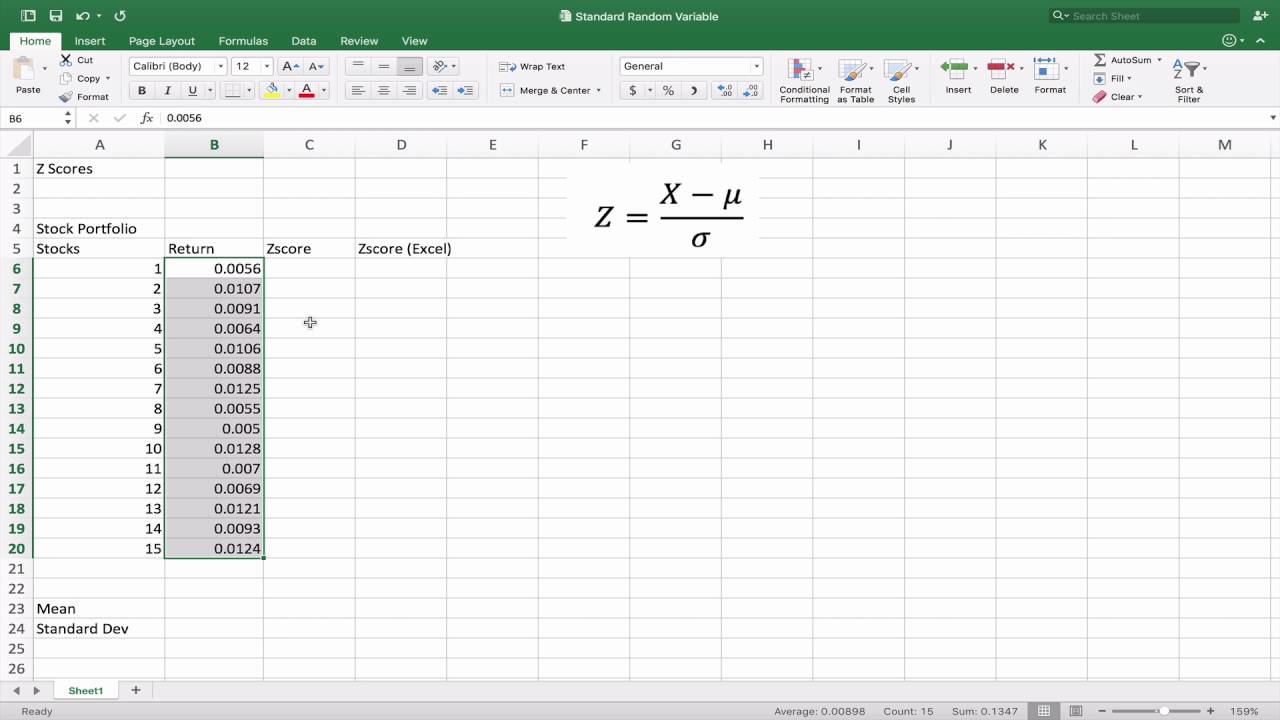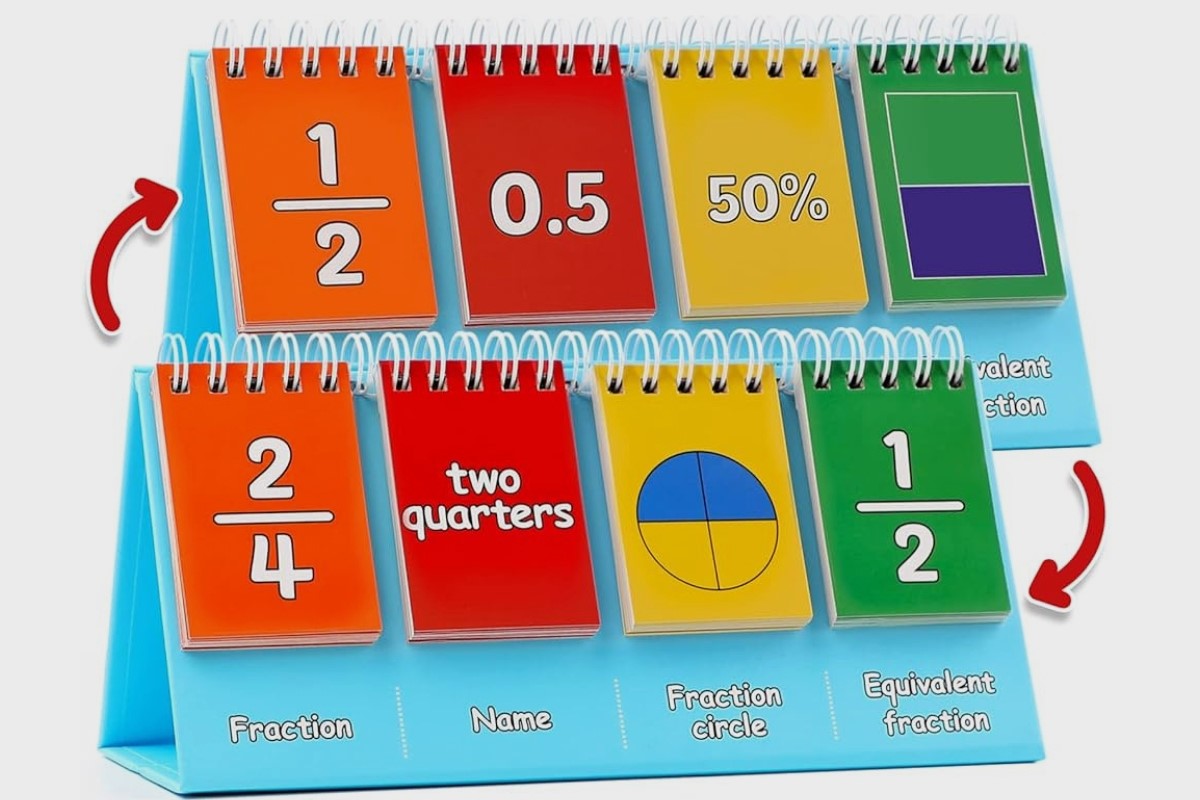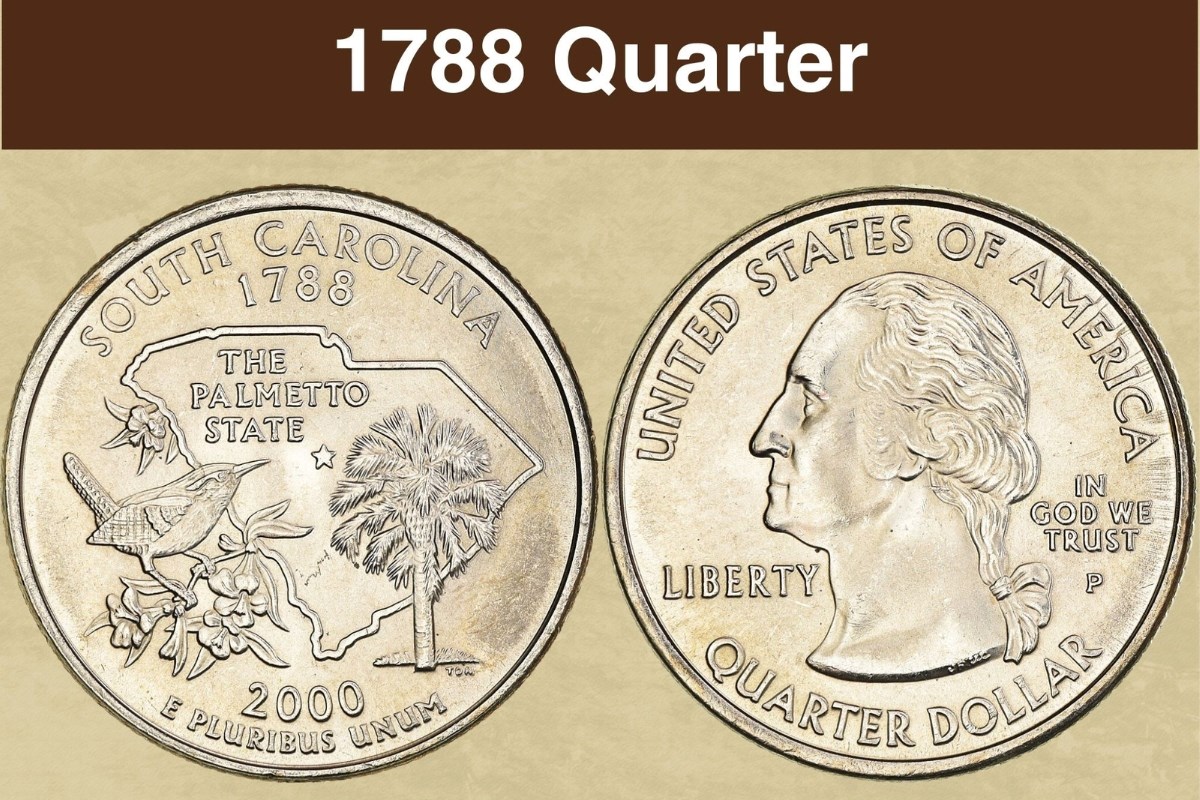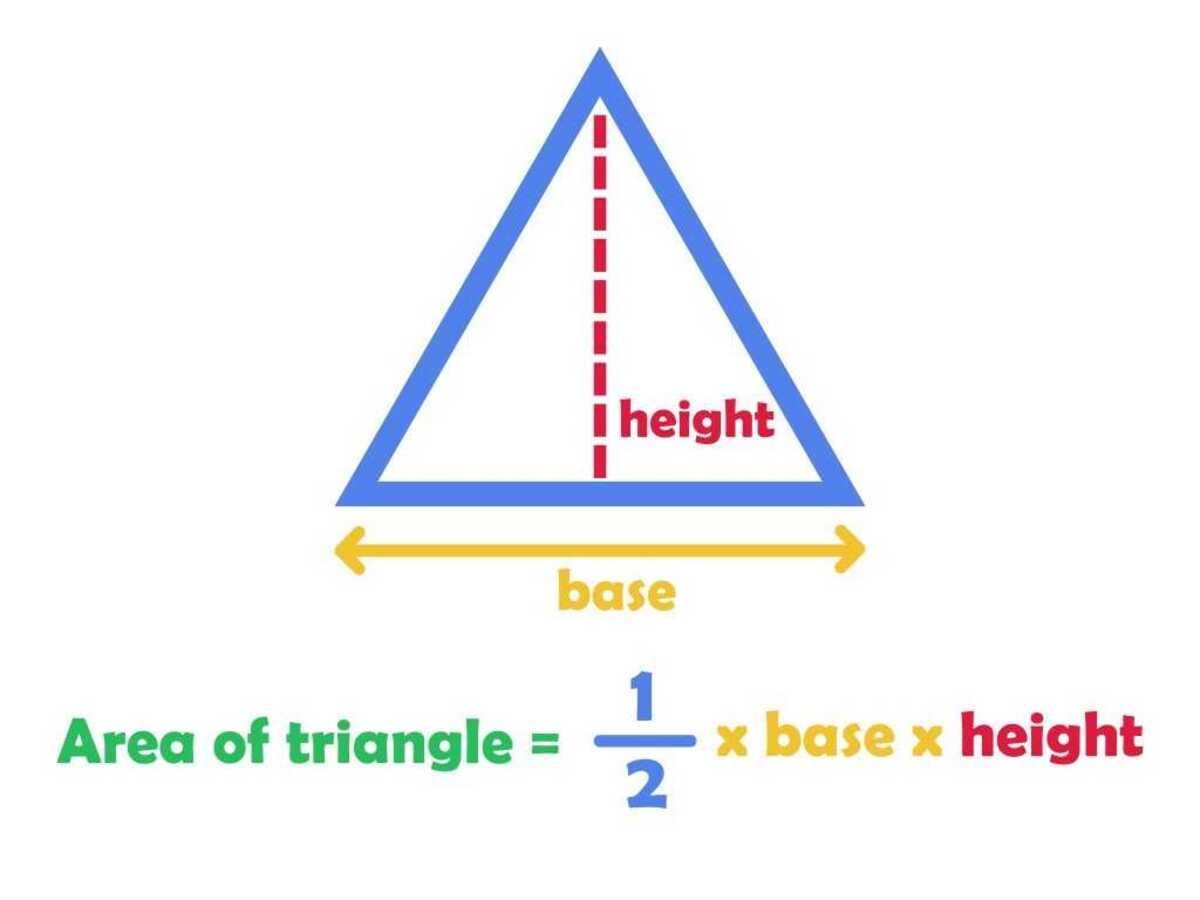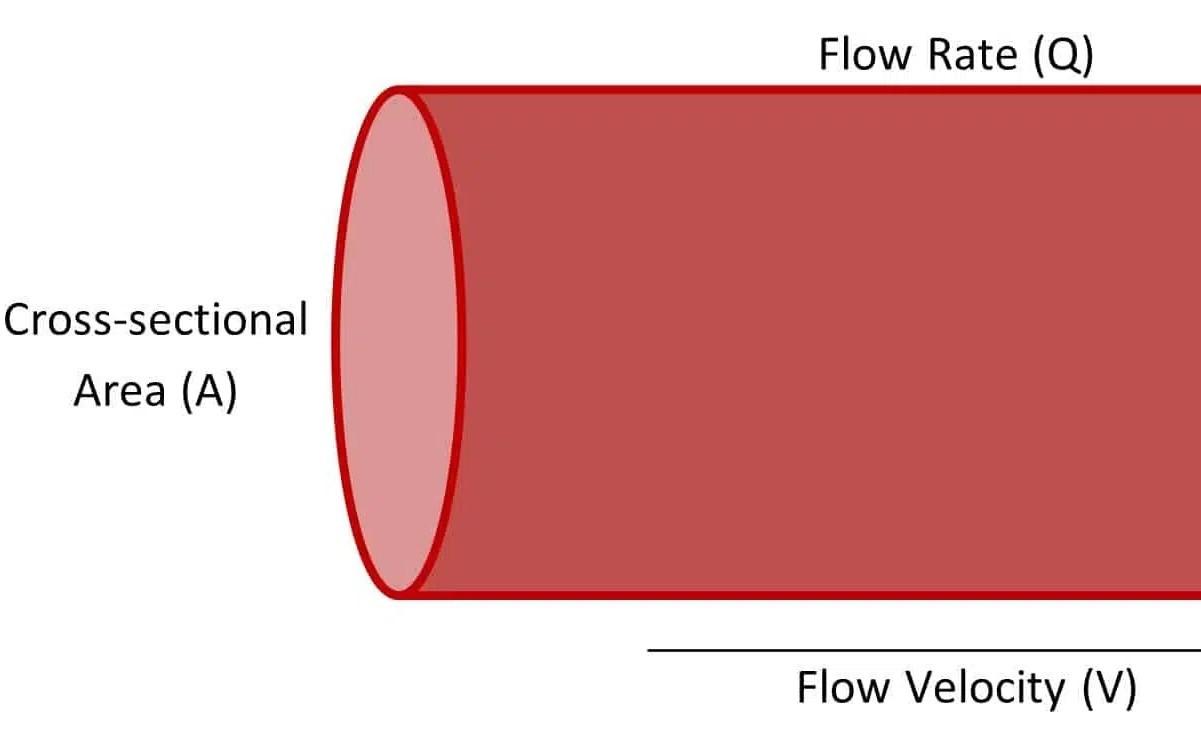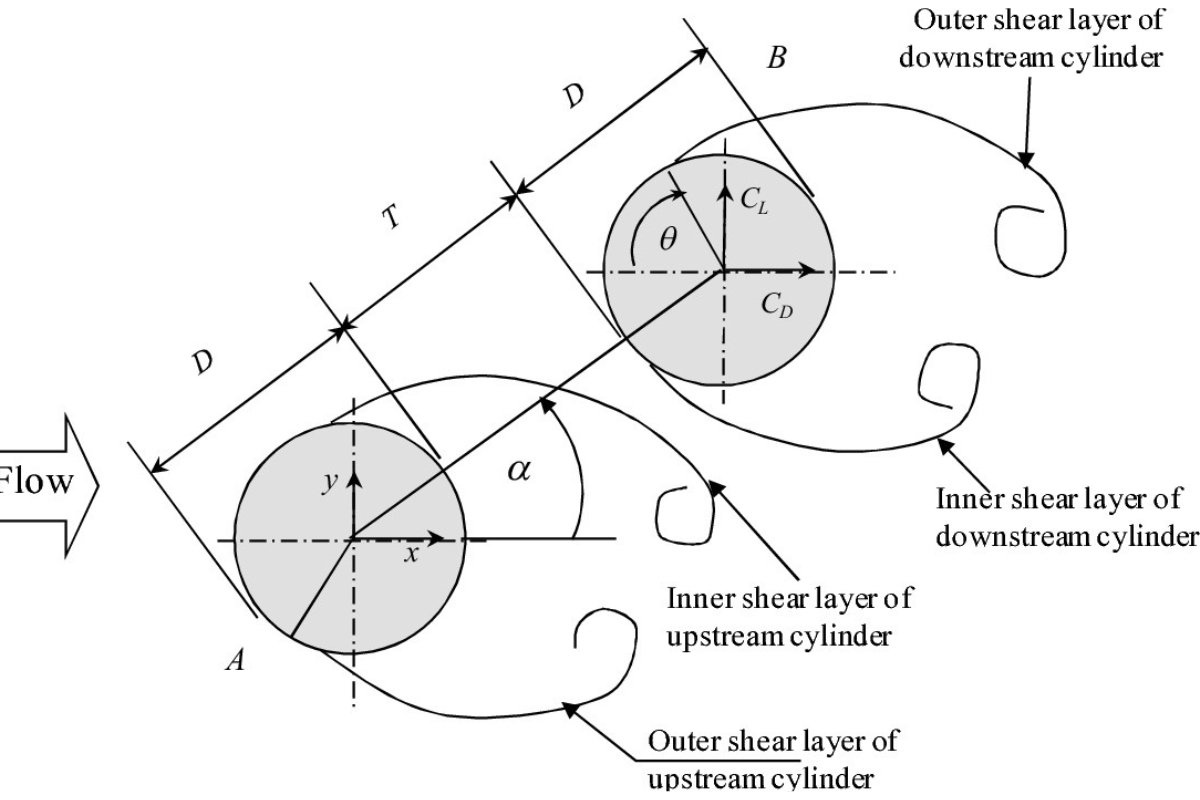

Education
How To Calculate And Interpret RF Values
Published: February 24, 2024
Learn how to calculate and interpret RF values in chromatography with our comprehensive educational guide. Master the principles of RF values and their significance in analytical chemistry.
(Many of the links in this article redirect to a specific reviewed product. Your purchase of these products through affiliate links helps to generate commission for Noodls.com, at no extra cost. Learn more)
Table of Contents
Introduction
In the realm of chromatography, RF values play a pivotal role in separating and identifying compounds within a mixture. Understanding RF values is essential for scientists and researchers in various fields, including chemistry, biochemistry, and pharmacology. RF values, also known as retention factors, are fundamental in chromatographic techniques such as thin-layer chromatography (TLC) and paper chromatography.
The concept of RF values revolves around the movement of compounds through a stationary phase under the influence of a mobile phase. As compounds travel through the stationary phase, their interactions with the mobile phase and the stationary phase lead to distinct migration patterns, ultimately resulting in unique RF values for each compound. These values serve as a quantitative measure of a compound's affinity for the stationary phase relative to the mobile phase.
In essence, RF values provide valuable insights into the behavior of compounds within a chromatographic system. By analyzing and interpreting RF values, scientists can discern the relative polarities, solubilities, and interactions of compounds, thereby facilitating the identification and characterization of substances within complex mixtures.
As we delve deeper into the intricacies of RF values, it becomes evident that these numerical indicators hold significant implications for chromatographic analyses. From their calculation to their interpretation and the various factors influencing them, RF values are integral to the fundamental principles and practical applications of chromatography. Moreover, the versatility of RF values extends beyond mere calculations, as they find widespread utility in diverse scientific endeavors, ranging from pharmaceutical research to environmental monitoring.
In the subsequent sections, we will explore the nuances of RF values, elucidating the methods for their calculation, the significance of interpreting these values, the factors influencing their determination, and the wide-ranging applications that underscore their importance in chromatography. By unraveling the intricacies of RF values, we aim to shed light on their indispensable role in the realm of chromatographic analyses.
What are RF Values?
RF values, short for "retention factor" values, are numerical indicators that hold significant importance in chromatography. In the context of chromatographic techniques such as thin-layer chromatography (TLC) and paper chromatography, RF values serve as crucial parameters for characterizing the behavior of compounds within a stationary phase.
At its core, the RF value of a compound represents the extent of its migration through the stationary phase relative to the mobile phase. This migration is influenced by the compound's interactions with the stationary and mobile phases, which are governed by factors such as polarity, solubility, and molecular size. As a result, each compound within a mixture exhibits a distinct RF value, reflecting its unique affinity for the stationary phase.
The calculation of RF values involves a straightforward formula: RF value = distance traveled by the compound / distance traveled by the solvent front. This formula encapsulates the essence of RF values, providing a quantitative measure of a compound's movement relative to the solvent front. Notably, RF values range from 0 to 1, with higher values indicating greater affinity for the stationary phase.
In practical terms, RF values enable scientists to discern the relative behaviors of compounds within a chromatographic system. Compounds with higher RF values are more soluble in the mobile phase and exhibit weaker interactions with the stationary phase, leading to increased migration. Conversely, compounds with lower RF values showcase stronger interactions with the stationary phase, resulting in reduced migration through the system.
By leveraging RF values, researchers can effectively differentiate and identify compounds within complex mixtures, thereby facilitating the elucidation of chemical compositions and the detection of impurities. Furthermore, RF values serve as a basis for comparing the behaviors of different compounds, offering valuable insights into their relative polarities and affinities for the stationary phase.
In essence, RF values encapsulate the dynamic interplay between compounds and the chromatographic system, providing a quantitative framework for understanding their migration patterns. As we delve deeper into the realm of chromatography, the significance of RF values becomes increasingly apparent, underscoring their pivotal role in unraveling the complexities of compound interactions and separations within diverse mixtures.
How to Calculate RF Values
Calculating RF values is a fundamental aspect of chromatographic analyses, offering a quantitative means of assessing the migration patterns of compounds within a chromatographic system. The process of determining RF values involves a straightforward yet insightful formula, which encapsulates the relative movements of compounds through the stationary and mobile phases.
The formula for calculating RF values is defined as follows: RF value = distance traveled by the compound / distance traveled by the solvent front. This concise equation serves as the cornerstone of RF value determination, providing a clear and systematic approach to quantifying the migration of compounds within a chromatographic setup.
To initiate the calculation of RF values, the distance traveled by the compound is measured from its point of origin to the center of the compound's spot on the chromatogram. Subsequently, the distance traveled by the solvent front is determined from the origin to the leading edge of the solvent front. These measurements are crucial for accurately assessing the relative movements of the compounds and the solvent front within the chromatographic system.
Upon obtaining the requisite distance measurements, the RF value is computed by dividing the distance traveled by the compound by the distance traveled by the solvent front. This division yields a numerical value that signifies the compound's migration relative to the solvent front, thereby offering insights into its interactions with the stationary and mobile phases.
It is important to note that RF values range from 0 to 1, with higher values indicating greater affinity for the mobile phase and lower interactions with the stationary phase. Conversely, lower RF values denote stronger interactions with the stationary phase, resulting in reduced migration through the chromatographic system.
By adhering to the prescribed formula and meticulous measurement techniques, scientists and researchers can accurately calculate RF values, thereby gaining valuable quantitative data regarding the behaviors of compounds within chromatographic analyses. This numerical insight forms the basis for interpreting the relative affinities and polarities of compounds, ultimately facilitating the identification and characterization of substances within complex mixtures.
In essence, the calculation of RF values serves as a foundational step in chromatographic analyses, providing a systematic and quantitative framework for understanding the migration patterns and interactions of compounds within diverse chromatographic systems.
Interpreting RF Values
Interpreting RF values is a critical aspect of chromatographic analyses, as it offers profound insights into the behavior of compounds within a chromatographic system. RF values, ranging from 0 to 1, serve as quantitative indicators of a compound's migration relative to the solvent front, thereby encapsulating its interactions with the stationary and mobile phases.
A higher RF value signifies that the compound has a greater affinity for the mobile phase, leading to increased migration through the chromatographic system. This suggests that the compound exhibits weaker interactions with the stationary phase, often indicative of lower polarity and enhanced solubility in the mobile phase. Conversely, compounds with lower RF values showcase stronger interactions with the stationary phase, resulting in reduced migration through the system. Such compounds are typically more polar and exhibit limited solubility in the mobile phase.
By interpreting RF values, scientists can discern the relative polarities and affinities of compounds within a mixture. Compounds with similar RF values are likely to share comparable interactions with the chromatographic system, thereby aiding in their differentiation and identification. Furthermore, the interpretation of RF values facilitates the detection of impurities and the elucidation of compound compositions within complex mixtures.
In practical terms, the interpretation of RF values enables researchers to make informed decisions regarding the separation and characterization of compounds. By comparing the RF values of known compounds with those of unknown substances, scientists can effectively deduce the identities and properties of the latter, thereby advancing the understanding of complex mixtures.
Moreover, the interpretation of RF values extends beyond mere numerical assessments, as it provides a qualitative understanding of compound behaviors within chromatographic systems. This qualitative insight is invaluable in elucidating the underlying mechanisms governing compound interactions, thereby enriching the understanding of chromatographic processes.
In essence, the interpretation of RF values serves as a cornerstone for unraveling the complexities of compound migrations and interactions within chromatographic analyses. By leveraging RF values as quantitative and qualitative indicators, scientists can navigate the intricate landscapes of compound separations and identifications, thereby advancing the frontiers of chromatography and its diverse applications.
Factors Affecting RF Values
Several factors intricately influence the determination of RF values in chromatographic analyses, encompassing a diverse array of molecular and environmental variables. Understanding these factors is paramount for comprehending the nuanced behaviors of compounds within chromatographic systems and their subsequent impact on RF values.
-
Stationary Phase Composition: The composition of the stationary phase profoundly influences RF values, as it dictates the interactions between the compounds and the stationary phase. Variations in the polarity and composition of the stationary phase can alter the affinities of compounds, thereby affecting their migration patterns and resulting RF values.
-
Mobile Phase Composition: The composition of the mobile phase exerts a significant influence on RF values, particularly concerning the solubility and elution behaviors of compounds. Changes in the solvent composition can modulate the interactions between compounds and the mobile phase, consequently impacting their migration through the chromatographic system and the corresponding RF values.
-
Compound Polarity: The polarity of compounds plays a pivotal role in determining their RF values, as it governs their interactions with the stationary and mobile phases. Polar compounds tend to exhibit stronger affinities for the stationary phase, resulting in lower RF values, whereas nonpolar compounds showcase enhanced migration and higher RF values due to their greater solubility in the mobile phase.
-
Molecular Size: The size of compounds influences their interactions with the stationary phase, thereby affecting their migration and RF values. Larger molecules often experience greater interactions with the stationary phase, leading to reduced migration and lower RF values, whereas smaller molecules showcase enhanced mobility and higher RF values.
-
Temperature and Pressure: Environmental factors such as temperature and pressure can impact the interactions between compounds and the chromatographic system, consequently influencing their migration and RF values. Variations in these parameters can alter the solubility and elution behaviors of compounds, thereby affecting their RF values.
-
Chromatographic Technique: Different chromatographic techniques, such as thin-layer chromatography (TLC) and paper chromatography, exhibit distinct stationary and mobile phase characteristics, leading to variations in compound interactions and migration patterns. As a result, the choice of chromatographic technique can significantly impact the determination of RF values.
By comprehensively considering these factors, scientists and researchers can gain a holistic understanding of the intricate determinants shaping RF values in chromatographic analyses. This nuanced comprehension forms the bedrock for interpreting and leveraging RF values in diverse scientific endeavors, thereby advancing the frontiers of chromatography and its multifaceted applications.
Applications of RF Values in Chromatography
The applications of RF values in chromatography extend across a diverse spectrum of scientific disciplines, underpinning crucial processes and analyses essential for research and practical applications. By harnessing the quantitative and qualitative insights offered by RF values, scientists and researchers can unravel the complexities of compound interactions and separations, thereby advancing the frontiers of chromatography and its multifaceted applications.
Compound Identification and Characterization
RF values serve as indispensable tools for the identification and characterization of compounds within complex mixtures. By comparing the RF values of known compounds with those of unknown substances, scientists can effectively deduce the identities and properties of the latter. This process is pivotal in pharmaceutical research, forensics, and environmental monitoring, where the precise identification of compounds is paramount for understanding their impacts and applications.
Detection of Impurities
In various industries, including pharmaceuticals and food production, the detection of impurities is of paramount importance. RF values aid in discerning impurities within compounds by providing a basis for comparing the behaviors of pure substances with those containing impurities. This application is instrumental in ensuring the quality and safety of consumer products, thereby safeguarding public health and well-being.
Optimization of Separation Techniques
Chromatographic separations are fundamental in isolating and purifying compounds for diverse applications. RF values play a pivotal role in optimizing separation techniques by guiding the selection of stationary and mobile phases, as well as the chromatographic conditions. By leveraging RF values, scientists can fine-tune chromatographic processes to achieve enhanced separations, thereby facilitating the isolation of target compounds with precision and efficiency.
Read more: How To Calculate A Unit Vector
Quantitative Analysis
RF values provide a quantitative framework for assessing the relative affinities and polarities of compounds within chromatographic systems. This quantitative insight is invaluable in conducting precise and accurate analyses, such as determining the concentrations of compounds within mixtures. The utilization of RF values in quantitative analyses enhances the reliability and robustness of chromatographic data, thereby bolstering the accuracy of scientific findings and applications.
Research and Development
In the realm of research and development, RF values serve as foundational parameters for elucidating compound behaviors and interactions. From drug development to material science, RF values underpin crucial investigations, offering insights into the properties and applications of diverse compounds. This application underscores the pervasive influence of RF values in advancing scientific knowledge and innovation across myriad fields.
In essence, the applications of RF values in chromatography permeate diverse scientific endeavors, ranging from compound identification and separation to quantitative analyses and research pursuits. By harnessing the multifaceted utility of RF values, scientists and researchers continue to push the boundaries of chromatography, unveiling new insights and applications that shape the landscape of modern science and technology.
